I believe that industries capable of challenging TSMC are rare, and the offshore wind power industry is one of them. However, we are gradually losing our radiance and even missing out on opportunities for industry growth.
Leading instead of Regulating: The Best Localization Policy is No Localization At All

Leading instead of Regulating: The Best Localization Policy is No Localization At All
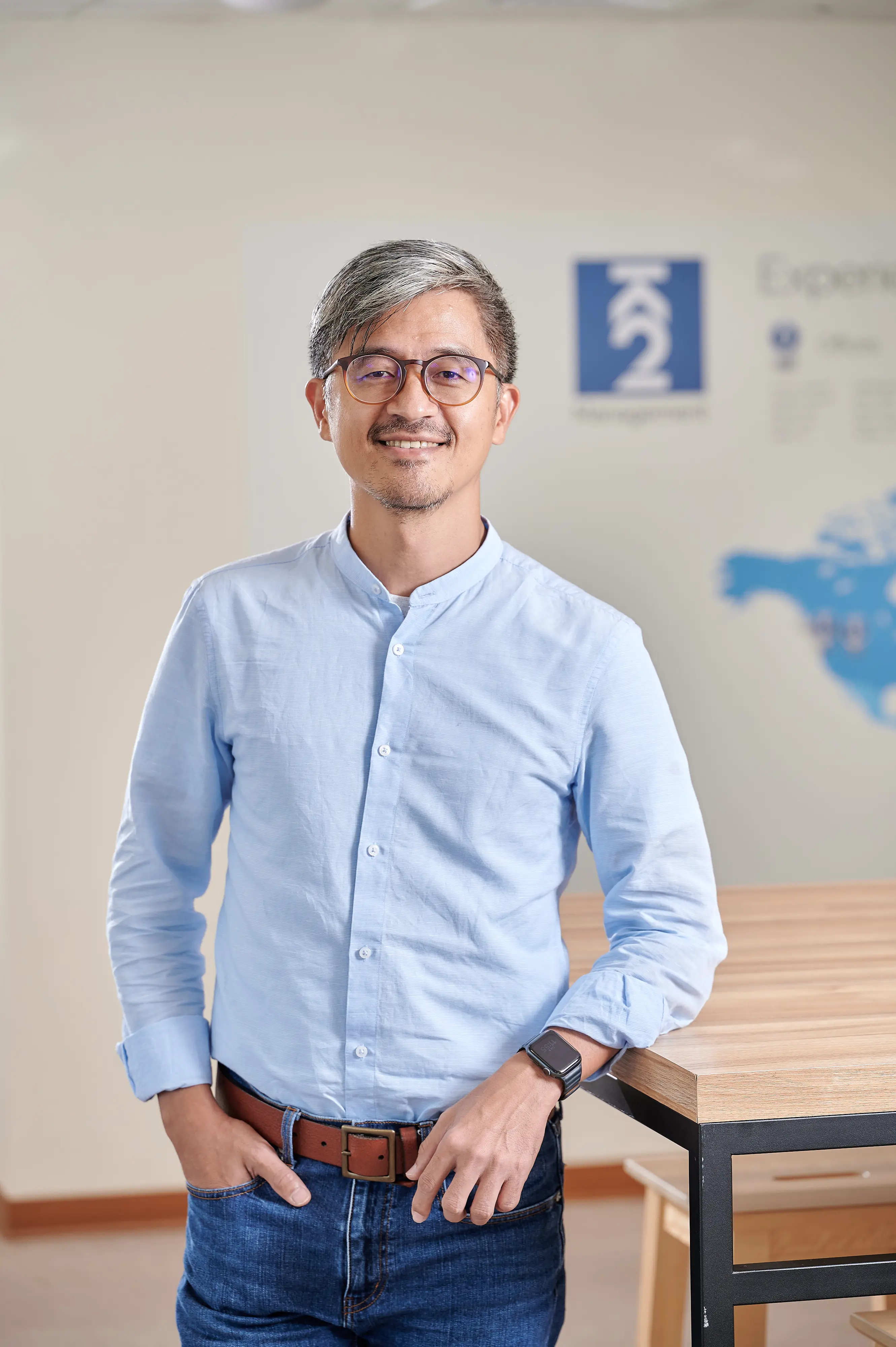
Scott Hsu, Country Director, Taiwan & Philippines, K2 Management
By Xin-En Wu
"I still remember that there were only four schools in Taiwan has Department of Aerospace Engineering. There are Chung Cheng Institute of Technology (National Defense University), TKU, FJU, and NCKU. During the 90s, it was a time when college graduates only had two options for their first job. Either you were part of the majority who were sucked into Hsinchu Science Park, or work for airlines as a technician or a pilot. Those of us that chose neither one would make their way toward graduate school, given that the trend of pursuing a master's degree was just taking off. An even smaller number of people would opt to jump headfirst into real estate and property management." Scott Hsu, the current Country Director, Taiwan & Philippines, K2 Management, explains as he reminisces about the days when he first joined the workforce.
Upon graduation, Scott chose to enter the workforce. "With my roots in Pingtung (the southernmost locality in Taiwan), I returned to the South of Taiwan right after graduation and my first job was with a local aerospace company in Kaohsiung, where I was responsible for facilitating and overseeing the supply of materials and services for other aerospace-related companies."
Taiwan's South or, more accurately, Tainan and Kaohsiung areas, was and still is heavily geared towards the metal-processing and metal-finishing industries, including influential and highly established enterprises such as China Steel Corporation, most notably China Steel Corporation's downstream subcontractors, like machining and manufacturing.
Scott further explains using Gangshan (Kaohsiung) as an example, "Since the second manufacturing plant, Jieshou 2nd Factory, of the Aero Industry Development Center for Aerospace Industrial Development Corporation (AIDC) became the designated integrated device manufacturer (IDM) in 1973, the surrounding areas of Gangshan and the greater Kaohsiung and Tainan areas were heavily influenced, fixating on and rapidly developing the overall metalwork industry. The first job I had when I graduated was providing these factories with raw materials, machine tools, and accessories, as well as other related components. Another service my company provided was supporting Taiwan Power Company (TPC)'s Hsinta Power Plant and Nanpu Thermal Power Plant with the mass installation of components and spare parts needed for combined-cycle energy generation.
It just so happened that towards the late 90s, as the Integrated Combined Cycle Gas Turbine (CCGT) projects eventually came to completion, Scott began to work more closely with TPC.
"Coming from an aerospace background and owing to the fact that TPC's Nanpu power plant consisted of gas turbine, my responsibility was to support TPC in purchasing spare parts of the gas turbine. During this time, I engaged with many connections from Siemens and General Electric due to the nature of my work, since my work went far beyond just the business with TPC. On few occasions I was invited to participate with TPC engineers for the discussion or negotiation with the OEM engineers during the process of receiving inspection and construction surveillance "
Scott had another advantage, proficiency in multilingual communication, that solidified his value to the companies and elevated his role across all projects. "The engineers from both TPC and the international companies always asked me to help translate for them, so there I was, always caught in the middle of, oftentimes heated, discussions, ensuring smooth and accurate translations between Mandarin and English."
During 90s, possessing technical knowledge and a good command of foreign languages was rare in Taiwan. This was a common barrier and challenges that plagued most, if not all, of Taiwan's conventional industries.
"If you had decent language abilities at that time, you most likely would have stayed or gone to Taipei or would have joined some IT company in Hsinchu. Southern Taiwan's occupational outlook for graduates who were willing to return upon completion of their degrees, mostly meant that they would be working in factories; you were either working the production lines, or you were on-site personnel. Having language skills provides you with a distinct advantage because the amount of experience and knowledge you can gain from translating for both sides is astronomical." Scott says as he reflects on his early working years.
From his unique standpoint, Scott was gradually made aware of the breadths of industrial power generation and the scope of what equipment suppliers had to deal with. In addition, Scott always maintained a high level of inquisitiveness towards the overall industry, including figuring out "what exactly is a 'turbine'" among other curiosities, ultimately setting the stage for Scott to join GE as a project engineer.
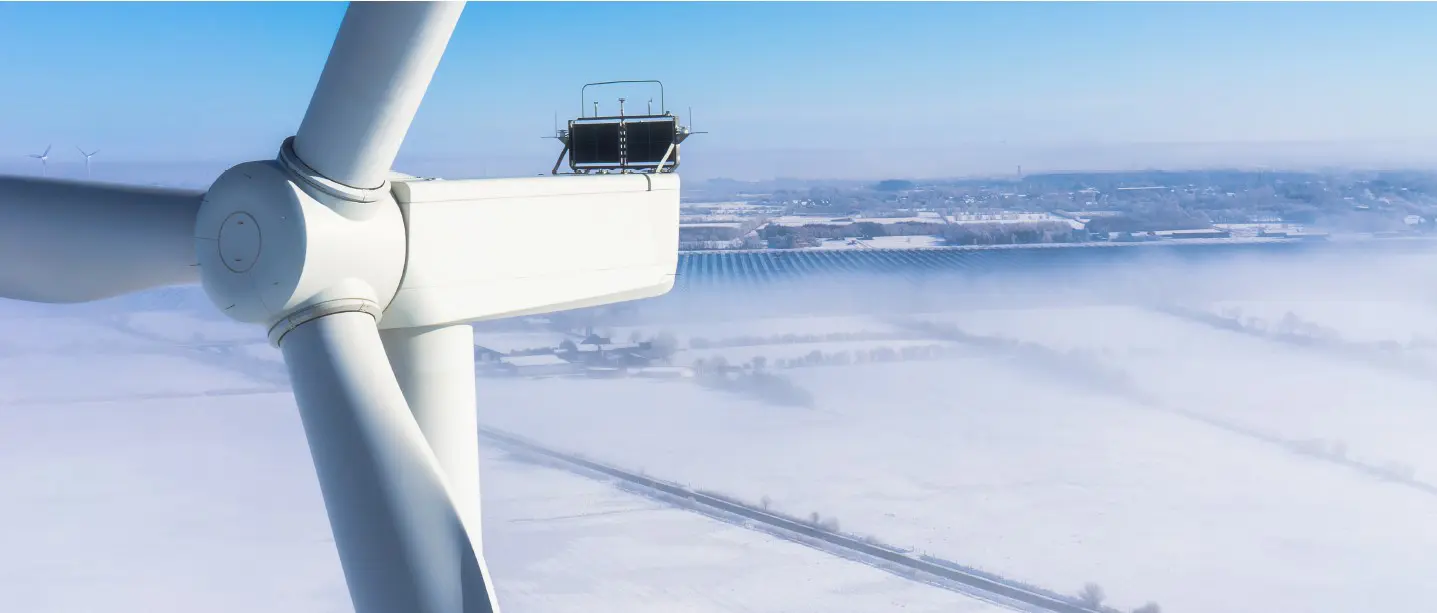
Successful localization case study of foreign technology: the AIDC methodology
AIDC's Gangshan factory, (reference 1) also the main facility for fighter jet engine manufacturing, has a longstanding history and solid track record of many achievements during the 80s and 90s, setting the bar for best localization practices. Scott explains that one of the underlying factors of AIDS's success lies in its military roots and application, accompanied by its extra-high requirement for quality, especially in the aerospace field.
"Many of the supply chain foundations established at the time, even the center-satellite system that we see now, originated from the standards and best practices set by AIDC."
According to Scott, there are three core principles that contributed to the AIDC methodology of effective localization which have, in turn, enabled the innovation and reformation of localization efforts today. The first and foremost influential factor is that the technological aspects, especially the core technologies, are fully domestic. Another contributing factor is the presence of a clearly allocated budget from the government. Simple and conclusive evidence of this is the national defense budget for 130 Indigenous Defense Fighters (IDFs, Taiwan's 2nd generation fighter jet). Lastly, the inclusion and participation of all public sectors, including Taiwan's Ministry of National Defense and the National Chung-Shan Institute of Science and Technology (NCSIST).
" NCSIST is stringent and highly uncompromising for technological advancements and innovation. It also falls under the jurisdiction of National Defense, providing adequate military technology and military-oriented applications. The manufacturing of 130 IDFs enabled Taiwan to retain its core technological principles. Of course, limitations and restrictions that stemmed from Taiwan-US weapon exports impacted the overall development, but even so, AIDC's policies for localized procurement are still seen as instrumental in localization efforts."
The success of the AIDC Methodology is evidently attributable to the three core principles; the unambiguous and explicit integration of technology, budgets, and key stakeholder parties. An unequivocal example is how the NCSIST fully supported any and all research and development initiatives, resulting in the unparalleled localization of technology, quality assurance, and even the assimilation of entire industries, which then led to the formation of the center-satellite system.
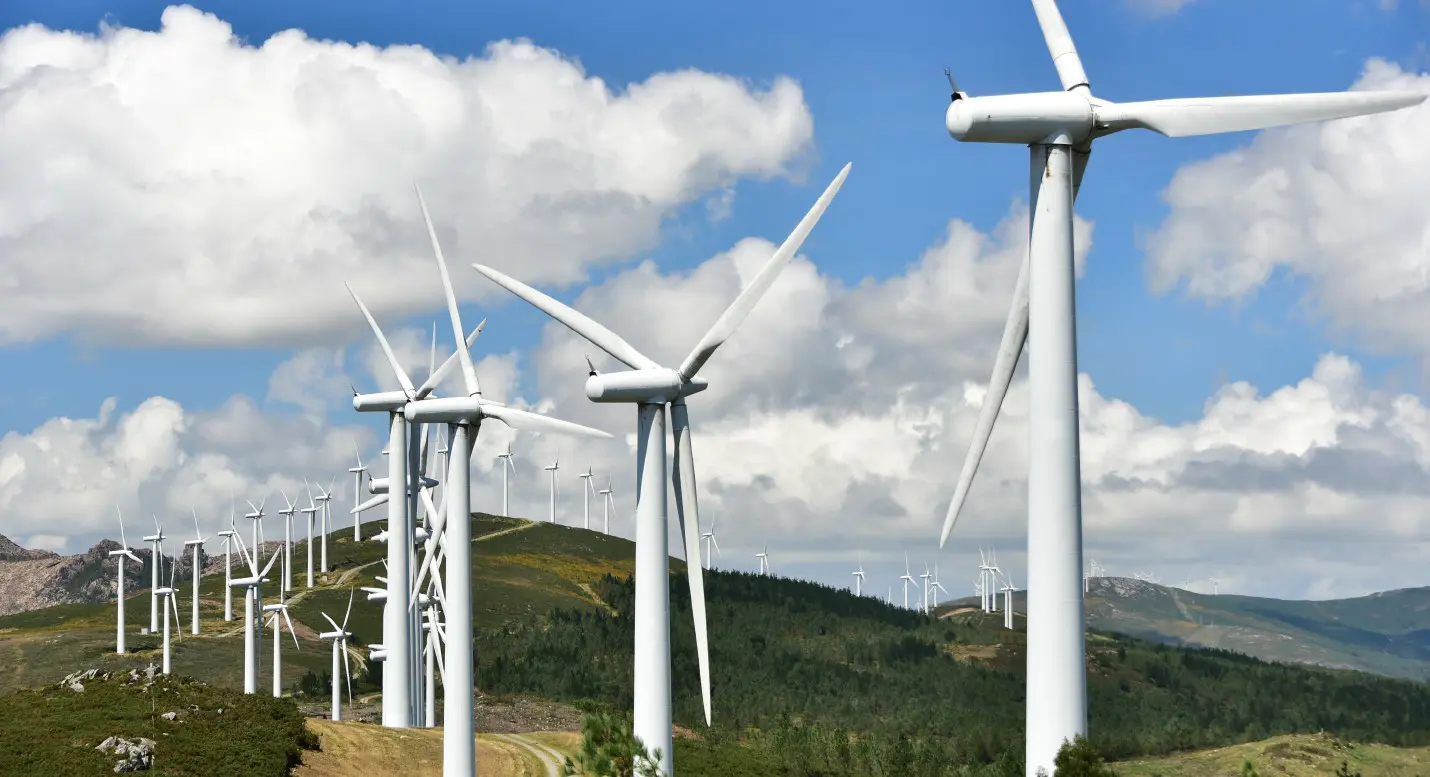
Acquiring technology through mergers The Integration dilemma of the 90s
It is a known fact that TPC has been in pursuit of renewable energy for some time already, with its first project installed in the Daisho Island of Qimei, Penghu. "In the 80s, around the time of the first oil crisis, TPC had already launched few of renewable energy projects. There are many factors that contribute to the conclusive failure of those early-stage onshore wind farm initiatives in Taiwan, one of which stems from the complexity of maintaining wind turbines produced during the global oil crisis", explains Scott.
In 2004, the unit capacity of wind turbines had reached 1MW, and GE is among those wind turbine OEMs dominating the market with their 1.5MW wind turbines. Scott explains further, "There's a bit of history behind how GE established their wind business. In the late 90s, there was an American energy, commodities, and services company called Enron, the very company of the infamous Enron Scandal. In order to sustain and grow their top-line revenue, Enron merged with and acquired a number of relatively smaller wind energy companies, starting with the US turbine manufacturer, Zond Energy Systems, to Tacke, a German turbine manufacturer that had fallen into bankruptcy. By combining the best technologies from Zond and Tacke, Enron Wind was formed in 1997. In the aftermath of the Enron scandal, GE acquired Enron Wind in 2002, the only surviving US manufacturer of large wind turbines at the time. However, given the nature of the business with Zond specializing in smaller scale wind turbines and Tacke focused on the larger 1.5 MW turbines, GE invested heavily, in both time and financial resources, in US-EU integrations, specifically the problems that came from the difference between 50HZ and 60HZ specifications. Although commercially viable, the lack of feasible and sustainable solutions eventually caught up."
GE was the wind turbine supplier to a TPC onshore wind project back in 2004. At the time GE's technical departments were all based in Germany, but warranties were issued and dealt with by their US counterparts. Scott, being based in Taiwan, was responsible for consolidating matters on all sides, Taiwan, Germany, and the US. Scott mentions, "The majority of wind turbines manufactured by GE in the US were Cold Weather Extreme (CWE) models. Obviously, with Taiwan situated in a subtropical to tropical climate, these weren't viable solutions. TPC project installed a number of CWE models, and I distinctly remember that there even were heaters installed in the turbines, which we had to disconnect ourselves. This is but one of the countless issues that wind turbine companies had to face throughout the 70s to the 80s, and only very few of them were ever fully resolved.
Reference:
1. The Aerospace Industrial Development Corporation (AIDC), was previously known as the Aero Industry Development Center in 1946. In 1996 in support of national aerospace development objectives, AIDC was reformed from a military establishment into a government-owned company under the authority of the Ministry of Economic Affairs. As a market-oriented and successful commercial entity, AIDC worked in tandem towards commercialization, privatization and globalization. Pursuant to the new company objectives, AIDC's business strategy turned from products and services which were previously solely for military applications into a well-balanced diversified mix of both military and commercial products and services
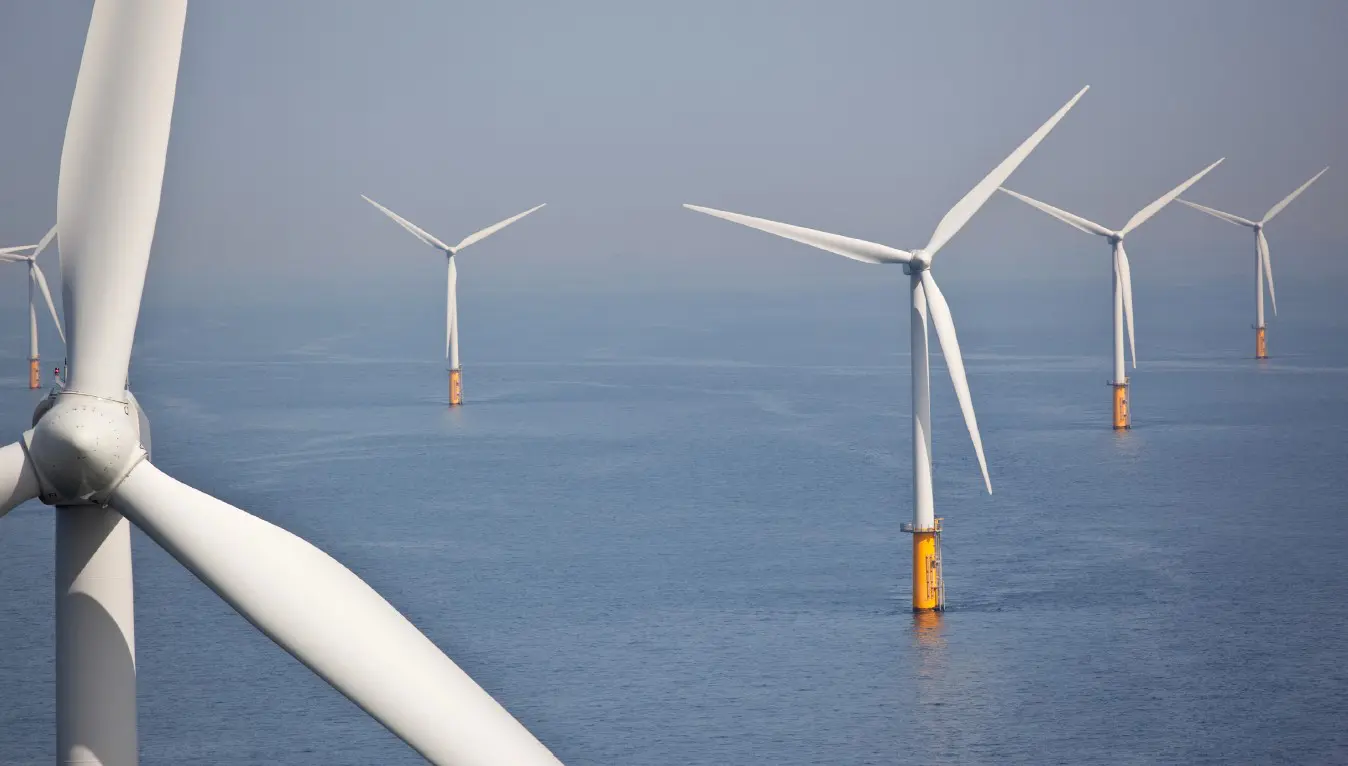
Localization of Asian wind turbines: A road paved with predicaments
Though GE's wind turbines are one of the leading wind turbines in the global market, understanding GE wind turbine equipment is sparse. Scott is one of the few who have adequate knowledge and appreciation for GE's machine. "My knowledge of GE wind turbines opened great opportunities for me in Europe, not to mention the more-often-than-not request to 'help out' whenever I went to Germany and Romania" Scott jokingly says.
It was at that time that Scott noticed the wind turbine localization trends in Asia. "From a technological progress perspective, Japan was clearly the most advanced of all Asian countries, with an accumulated total installed capacity of over 1,000 MW. They had started with much smaller-scale wind turbines far earlier than most and had made a lot of headway over the years. Japan initially offered highly favorable feed-in tariffs (FIT) which led to many businesses gradually progressing to focus on developing onshore wind farms. Korea, on the other hand, saw wind power becoming the fastest growing power source in South Korea as they took advantage of their hilly landscape and erected many "ridgeline" wind farms. China's focus, in terms of wind energy, took place in the Dabancheng District of Ürümqi, the capital of Xinjiang with the energy company, Xinjiang Goldwind Science & Technology Co., Ltd. (Goldwind). Goldwind was founded through a technology license from German turbine OEMs and manufactures many smaller wind turbines at less than 1 MW capacity" says Scott.
Roughly in the years between 2004 and 2008, almost every country in Asia was dedicated to the localization of wind turbines. Scott explains more with the example of Mitsubishi Heavy Industries Ltd. (MHI) of Japan's Mitsubishi Electric Corporation (MEC). "MHI was one of the pioneers in this field, but the majority of their revenue came from their target market, the US. However, MHI had to back out of the US markets following a patent lawsuit. In 2010, MHI went on to acquire SeaAngle technology, a UK venture company. However, this acquisition turned out to be a misstep as the nature of SeaAngle's hydraulic systems leaves wind turbines susceptible to oil leaks and cost, leading to the eventual scrapping of this project."
Japan's wind turbine market is largely dominated by MHI, Japan Steel Works, Ltd. (JSW), Fuji Heavy Industries, Ltd. of the Subaru Corporation (also the predecessor of Taiwan Hitachi Asia Pacific Co., Ltd.). Other predominant enterprises, like the Toshiba Corporation, did not hop on the wind turbine bandwagon.
In South Korea, with relatively established and mature steel and shipbuilding industries, almost every shipbuilding company has developed their own wind turbines, including Hyundai Industrial Machinery Co., Ltd., Samsung Heavy Industries Co., Ltd., Daewoo Shipbuilding & Marine Engineering Co., Ltd., STX, Unison Co., Ltd., Doosan Enerbility Co., Ltd. (Doosan) amongst a few of the market leaders. However, only Doosan remains as an independent business entity, while Unison is being acquired by Toshiba.
The wind turbine localization strategies of many countries are often flawed. Scott thinks back to a time when he visited the APAC region with heavy equipment inspections, "Usually engineers need to climb extremely tall ladders for the maintenance of wind turbines, and the ladders always have safety measures in place to protect the engineers who operate on the wind turbines. Several APAC companies who import the ladders and install them on the wind turbine towers ask me 'Why do these ropes need to be attached to the ladder?'. It turns out, those very safety measures have never been used because no one knew how to use them. Even the packaging remained untouched, signifying that the engineers never utilized the safety measures as they were climbing the wind turbines."
Scott goes on, to mention, "Many countries are eager to siphon their cut of profits from the wind energy trend even though everyone seems equally unknowledgeable about the ins-and-outs of the industry. Clearly, most stakeholders are vastly underestimating the intricacy of the overall energy industry. Take Germany for example, the German government initially set many policies and regulations for localization for the demonstration phase of offshore wind, however many of the 'protective' measures from the initial stages of development, eventually led to the elimination of many players that were there from the very beginning."
Traditional manufacturing mindset: An pitfall focusing on the short-term rather than the long-term
Taiwan has undergone meticulous planning in its renewable energy development, from drafting the first version of the Renewable Energy Development Act in 2002 to the announcement and enforcement of the Act in 2009, then to 2012's Regulations of Encouragement for the Demonstration of Offshore Wind Power Facilities, these are all signs of Taiwan's receptivity towards building offshore wind power infrastructure and development of the industry. In 2013, three facilities and three wind energy developers were chosen. They were the Formosa 1 Offshore Wind Farm operated by Swancor Renewable Energy Co., LTD, the Fuhai Offshore Wind Farm operated by Taiwan Generation Corporation, and the Taiwan Offshore Wind Farm operated by TPC.
Scott was appointed the Executive Vice President by the vice president of Swancor, Kuo Shih-Rong, responsible for the overall strategic design, planning, and execution of the Formosa I Offshore Wind Farm.
Scott recognizes that there are two core businesses collaborating for the development of the wind energy industry; finance and services. Contrary to the common misconception that the manufacturing industry plays a key role, Scott explains, "Taiwan's industries are lacking significantly in two key areas. One is the fact that Taiwanese enterprises have very limited knowledge of adopting mergers and acquisitions (M&As). Many enterprises in Taiwan 'say' they have experience with M&As, however the majority of the time these M&As are solely for the purpose of going publicly listed and without any form of long-term development plans, only for the acquisition of manufacturing techniques or for the sake of top-line revenue. The other is the abysmal disconnect between Taiwanese enterprises and the rest of the world. The majority of conventional enterprises in Taiwan have been and still solely focus on manufacturing, and even with the current localization strategies, the 'manufacturing mindset' prevails over all business decisions, oblivious to the opportunities that are presented to allow for domestic enterprises to enhance their operations and meet the requirements needed to elevate their stature in the much more prominent global supply chain. In the six to seven years that I've traveled all over the world, I have rarely seen a Taiwanese enterprise's name come up."
"From 'just' manufacturing to fulfilling the prerequisites for the capability to offer products and services to the global supply chain, that is a whole different ball game," says Scott. "If localization policies and regulations are formed from the base of a 'manufacturing mindset', the final outlook of localization will inevitably seem grim, seeing that traditional manufacturing places even more emphasis on profits than anything else. With this kind of mindset, sustainable growth will always remain unattainable."
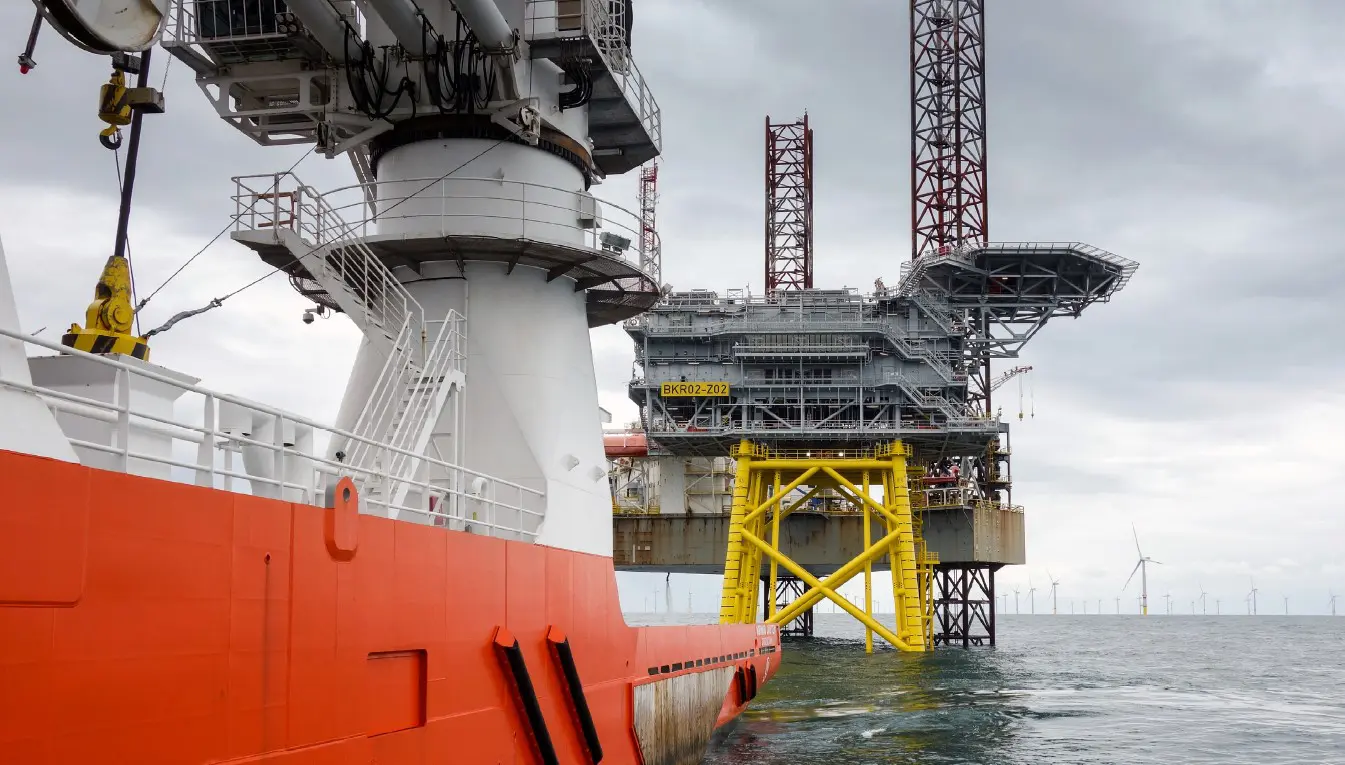
Forbearing country, overbearing government: The fallacy of ceaseless restrictions
Upon the Formosa I Offshore Wind Farm becoming fully operational, Scott was enlisted into K2 Management, a global independent consultancy service provider, providing Scott with even greater insight into the overall wind energy industry. Taiwan has an abundance of potential for offshore wind energy and TPC played a pivotal role in the early phases as Taiwan attracted international awareness and attention with TPC's state-owned enterprise offering a PPA with fixed rates of over 20 years. This propelled Taiwan into the international limelight in 2015, and although still ambiguous at the time, the longevity of the industry does indeed rely on the support of governmental policies and regulations.
Over the years, Scott has witnessed the wind energy industry in Taiwan progress and mature as developers set up shop and collaborations deepened. Now with over hundreds of stakeholders based in Taiwan, Scott remarks, "It truly is a once in a lifetime opportunity to see so much talent from a single industry and single vertical congregate in such a short time. What's even more gratifying is seeing top local talent being recognized and brought on board. I truly believe the only venture that is able to compete as equals with TSMC is the wind energy industry, however, the competitiveness we have is rapidly fading, not only that but even various development opportunities are slipping through the cracks. The true threats to global wind energy development have been and always will be both technology limitations and the risk factors stemming from contractual agreements, with said contracts resulting from policies and regulations."
Taiwan "should" have a natural geographic advantage, given its location right in the middle of Eastern Asia, however, this is not the case, seeing the amounts and levels of restriction being imposed, limiting foreign investments from entering Taiwan in an effort to "protect" Taiwan when, in fact, all it's doing is suffocating our uniqueness and inhibiting the growth and progression of Taiwan's heavy-duty industry.
"This is where things get interesting. Taiwan's government and policymakers are often caught in the misconception that the moment they loosen their grip on an industry's development, they would lose their ability to control and direct the development of the industry. Which is why, starting in Phase 2 of Taiwan's offshore wind energy development, we've stood our ground and pushed back even harder, not just with localization policies, but this time including financing policies" explains Scott.
"Taiwan's government is mainly familiar with the business model of large-scale independent power plants, where the focus is either on building or investing in large-scale infrastructure and power plants, which allows securities from financial institutions to be readily accessible. The fact that TPC is the off-taker while the investor of IPPs were all huge conglomerates with huge balance sheets, is a case that lenders have more comfort in granting the loan. The same cannot be said about offshore wind farms, where offshore wind farms can be viewed as 'assets'. Developers use this offshore wind project assets as 'collateral' to the negotiating table with financial institutions to discuss and explore financing options for further development."
Scott further explains, "Over the last 15 years, most offshore wind developers are anything but large scale enterprises, with feed-in tariffs (FIT; usually a 15 to 20 year period of assuring above market price for what small-scale producers of the energy delivered to the grid) would not bring expected profit in a shorter period of time . Developers' main sources of profitability come from divesting shares of projects, which is also a reason why developers are proactively pursuing the development of new wind farm projects globally. Looking forward, it is expected that major power companies from various countries or other energy companies, like BP, RWE, EDF, and Shell, will most likely start their own development projects. This completely alters the playing field, since these companies have direct access to their own assets on a global scale, offering such assets as collateral while negotiating with financial institutions, oftentimes providing much more lucrative tradeoffs such as '0 subsidy' to secure the required financing. Compared to Taiwan's own strategy of accepting "zero bid", Taiwan is in a very precarious situation. Moreover, the fact that the Taiwan government is still setting rigid localization policies only adds to further challenges, and only serves to remind stakeholders of the similarities of how China set the tone for the initial development phases of their wind energy industry."
"Back in the day, anyone who wanted to enter the Chinese wind energy market was required to fully comply with China's localization requirements. An illustrative example is how China regulated that all suppliers and businesses needed to be at least 70% localized in order to even participate in bidding for state-led wind energy projects, which essentially meant every single existing wind energy project available. Of course, some businesses met the 70% bar and when they started the construction of their factories within China, the Chinese government raised the localization bar to 95% without any notice. Once at 95%, they then take it a step further and announce that all foreign investments are prohibited from investing."
"As the offshore wind industry enters the third round of development, the discussions surrounding localization are still front and center, however the maximum bidding price of around TWD 2.5/kWh in the second round, mainly due to no localization requirement and with higher planned capacity allowed. However, the price has been requested with a cap of TWD 2.49/kWh in the third round, while a limitation of planned capacity to 500MW and plus the demands for meeting localization requirement?"
Scott continues, "On a separate note, why is there such a narrow definition of localization? For example, if a Taiwanese enterprise invests or acquires overseas production facilities, shouldn't the components be considered 'localized' as well? Wouldn't this definition of localization also serve as an incentive, encouraging domestic enterprises to invest overseas?"
Scott maintains that every supply chain will foreseeably have to go through its own learning curves, however, Taiwan lacks an integrated organization that seeks to understand the challenges and obstacles that are holding back progress, let alone pinpoint and work out holistic, feasible solutions. The current status of Round 3 development is akin to mere band-aid fixes, where suppliers protest about one thing and the government amends that issue, and then when another party raises complaints about another issue, the government scurries off to fix that one. The longer these "quick fixes" are applied, the worse things will become, up to a point where no one has any reason to stay in the game.
"The rise of an industry is filled with hardships and struggle. Even so, established enterprises that have a solid foundation and approach all aspects of business development with heightened tenacity, grit, and resilience, are not in need of the protection or the support of governments. As long as no tyrannical regulations are enforced, these enterprises will find a way, one way or another, to achieve their development goals and visions" Scott adds as his final remark.
More related articles
